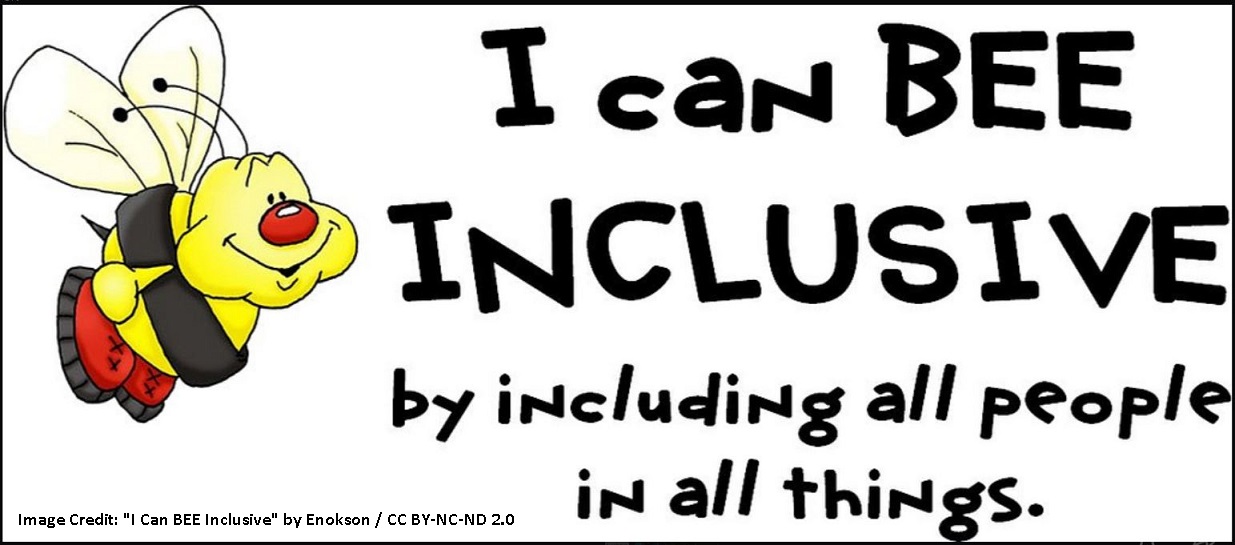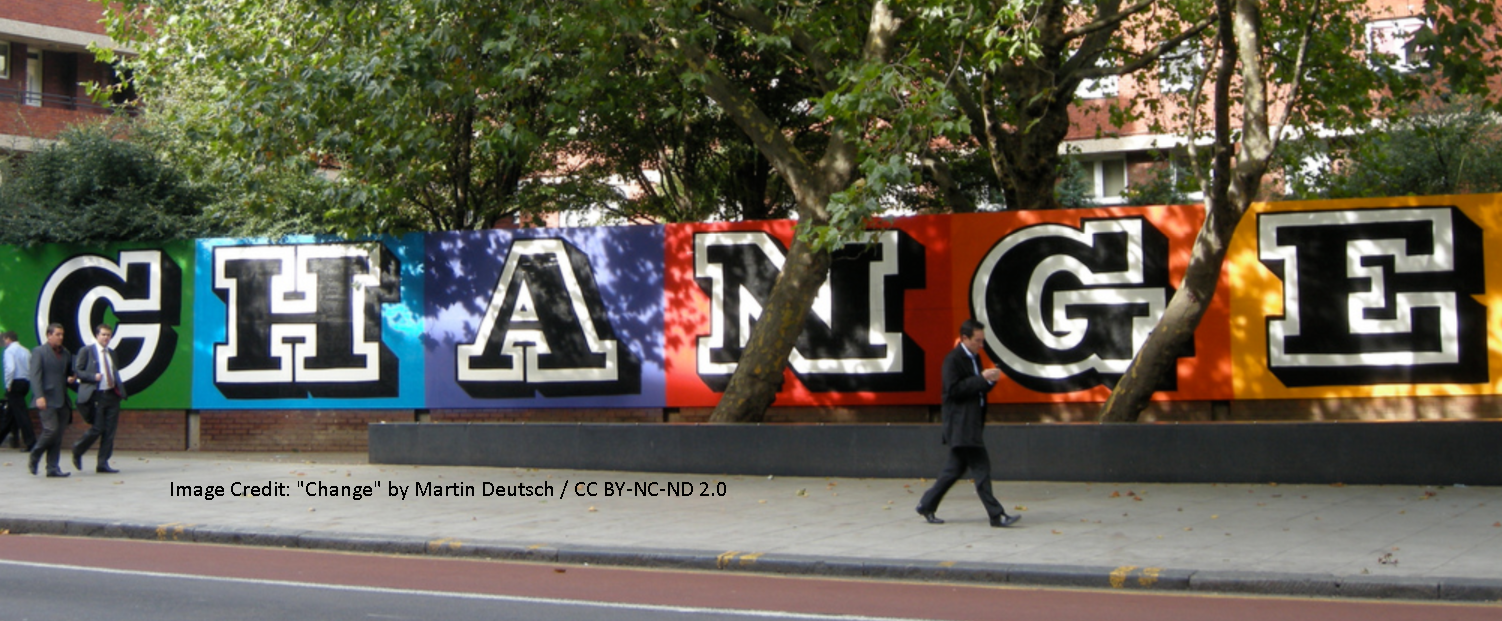Towards a more equal, inclusive higher education
Towards a more equal, inclusive higher education Patrick Blessinger, Jaimie Hoffman and Mandla Makhanya St John’s University (NYC), University of Wisconsin at La Crosse, University of South Africa Widening participation initiatives aim to improve access to higher education opportunities for all people. Driven by increased demand for education from all segments of society as well as legal reforms and human rights declarations, these initiatives focus on improving access for students from historically marginalised backgrounds (for example, ethnic minorities, students with disabilities and students from low-income backgrounds) to address inequities and inequalities in higher education. Thus, the heart of widening participation policies revolves around making access to education more fair and equal. To that end, equity and inclusion initiatives aim to address and redress longstanding practices of exclusion and privilege (typically along race, ethnicity, sex, gender and socio-economic class lines) which have tended to stratify society. Each society or institution of higher education is unique [...]


